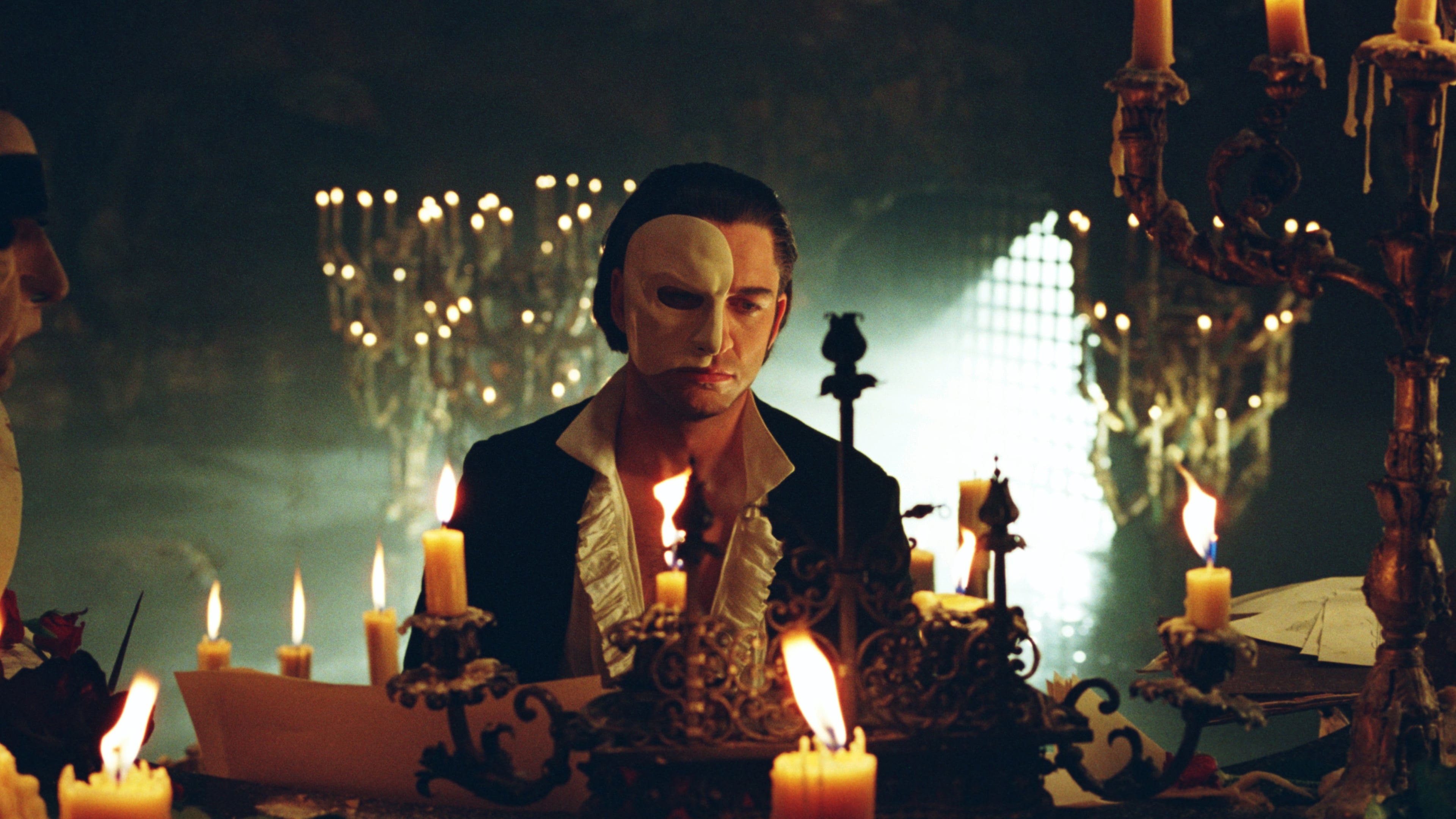



The first was a much abridged version performed as part of a Grand Guignol season at the Little Theatre in London in 1935 and then, in 1975, the Actors Company mounted a performance with Edward Petherbridge in the title role and Sharon Duce as Christine. In France, strangely, it has scarcely appealed to dramatists at all, and there have only been two notable productions in England. The story has not fared much better on the stage. Most recently, the original concept was abandoned in The Phantom of the Paradise (1974) when the Paris Opera House became a New York rock ’n’ roll theater, and the Phantom a demented disc jockey preying on pretty teeny-boppers!
You tube phantom of the opera movie series#
Two years later, in 1962, Hammer Pictures revamped it as one of their series of ‘Hammer Horrors’ with Herbert Lom and Heather Sears. Twenty years on, Leroux’s story was shabbily treated in a Spanish version, El Fantasma de la Operetta, which portrayed the Phantom as a blood-thirsty villain bent on murdering chorus girls. Interestingly, all the sets for the original Chaney picture were used in this remake and the photography won an Oscar. The second version was made in 1943, this time with sound and in color, and starred Claude Raines as a revengeful Phantom who has been scarred by acid. Although the former stage manager turned actor was always reluctant to reveal just how he achieved his terrifying appearance, he firmly denied wearing any kind of mask: “It was the use of paints in the right shades and the right places – not the obvious parts of the face – which gave the complete illusion of horror,” Chaney said. The moment when Chaney snatched away the mask from his famous Death’s Head also provided one of the great moments of screen history, (reportedly causing many people among the early audiences to faint!) as well as setting a standard for all who have since played the role.

With that film, Chaney not only made himself an international star but placed the story of The Phantom of the Opera firmly alongside those other great horror classics, Dracula and Frankenstein. Indeed, it is arguable that if Chaney, the Man of a Thousand Faces, had not starred in that hugely influential 1925 silent movie, Gaston Leroux’s story might well have remained in obscurity – as the original book most certainly has done for many years – instead of inspiring a whole series of screen and stage adaptations during the past half century. It is not just the figure of the mysterious music lover that haunts the story of The Phantom of the Opera but also that of the remarkable American film star, Lon Chaney Snr., for, more than anyone else, he created the image most readily associated in the public mind with the tale – that of the disfigured man skulking through the labyrinths of l’Opéra masterminding the career of his beautiful protégée.
You tube phantom of the opera movie movie#
Prior to the 2004 movie version of The Phantom of the Opera, directed by Joel Schumacher and starring Gerard Butler and Emmy Rossum, the Phantom has undergone several screen adaptions.


 0 kommentar(er)
0 kommentar(er)
